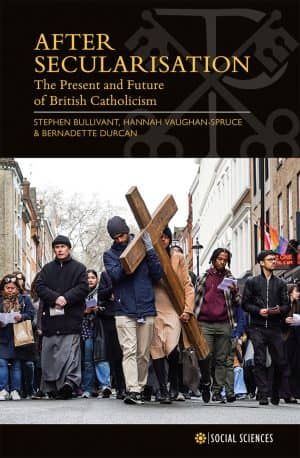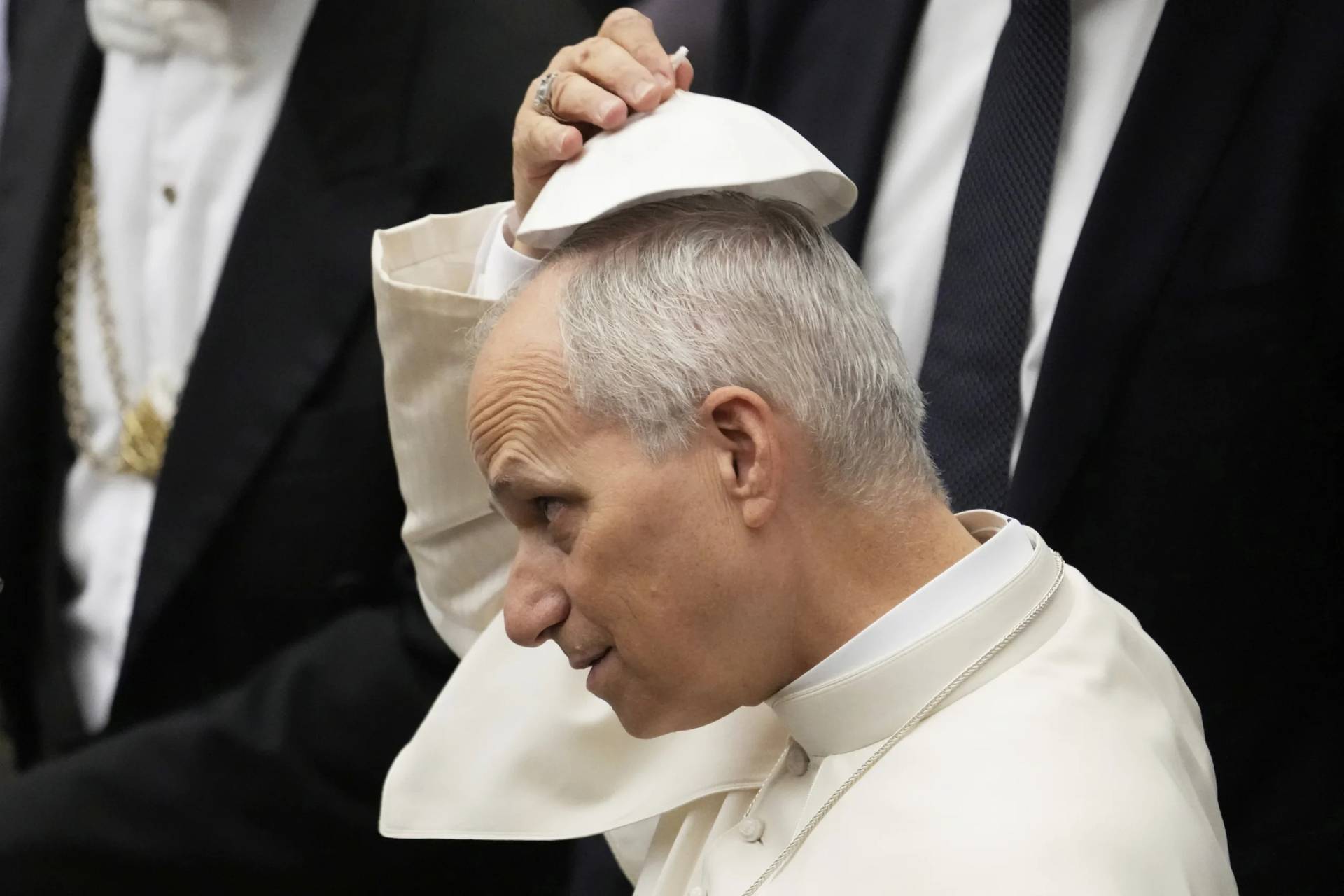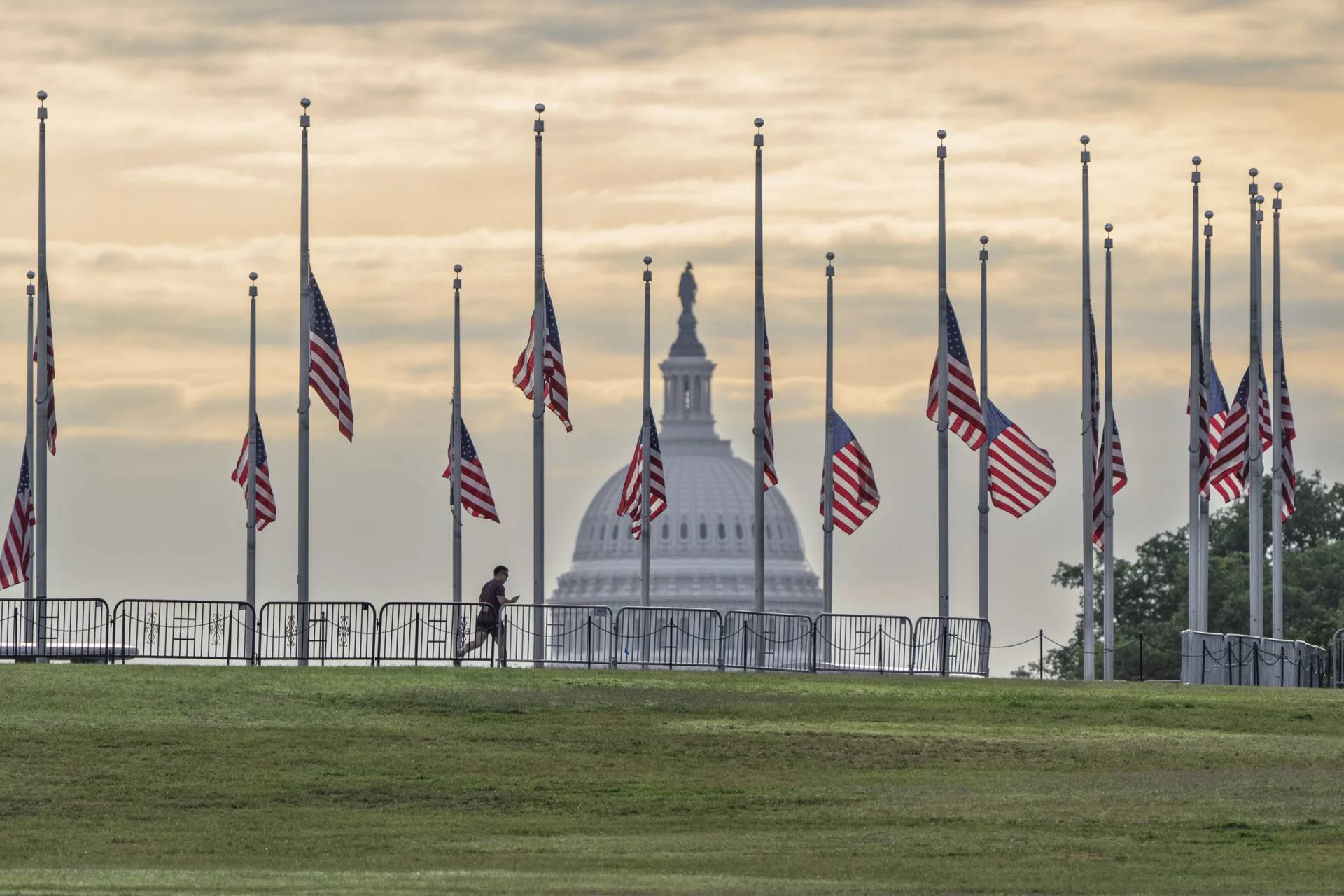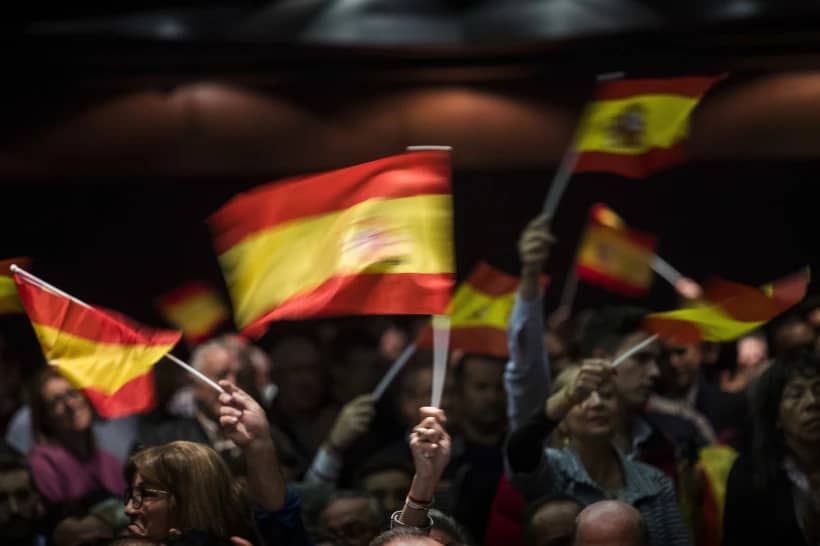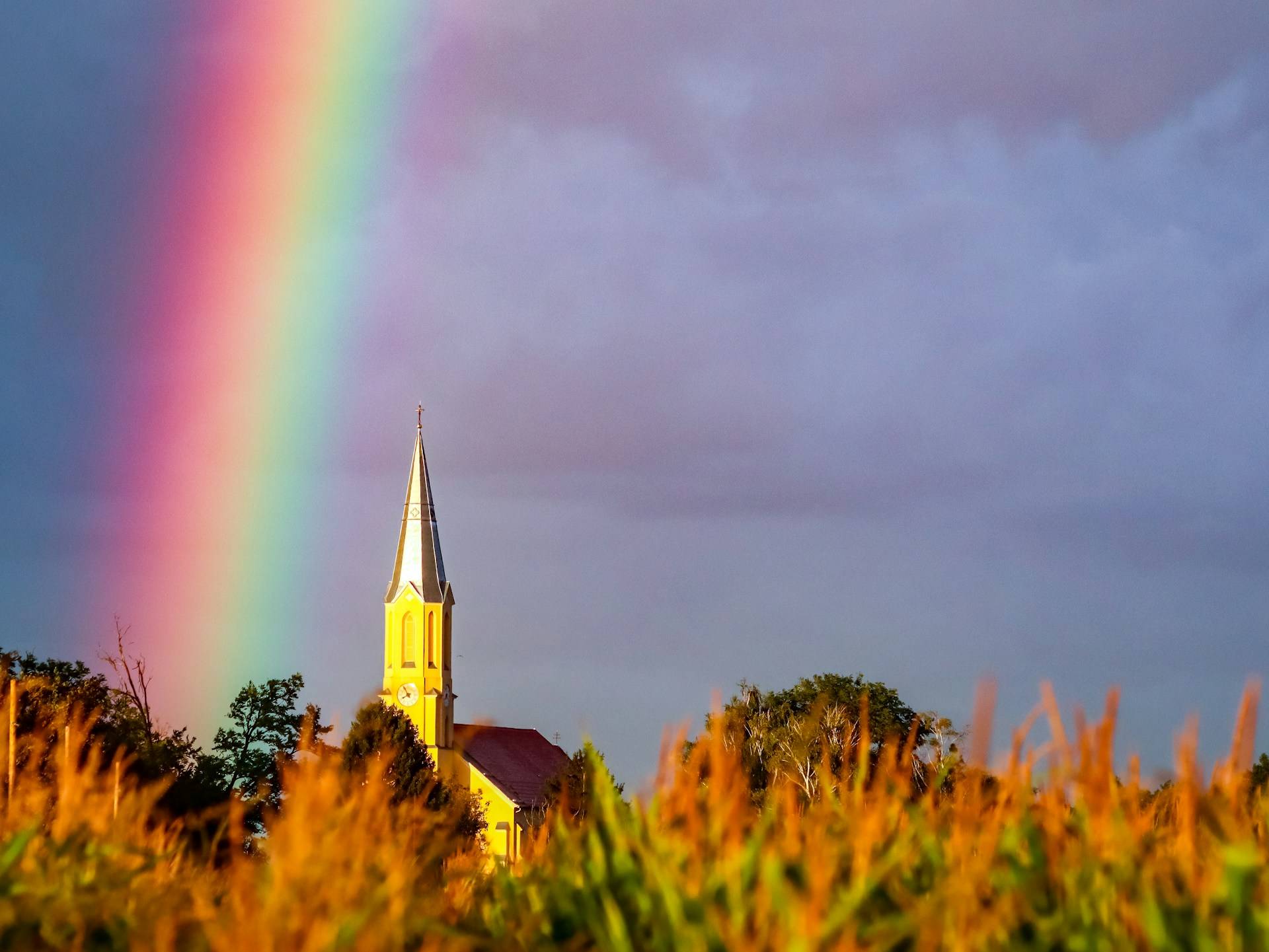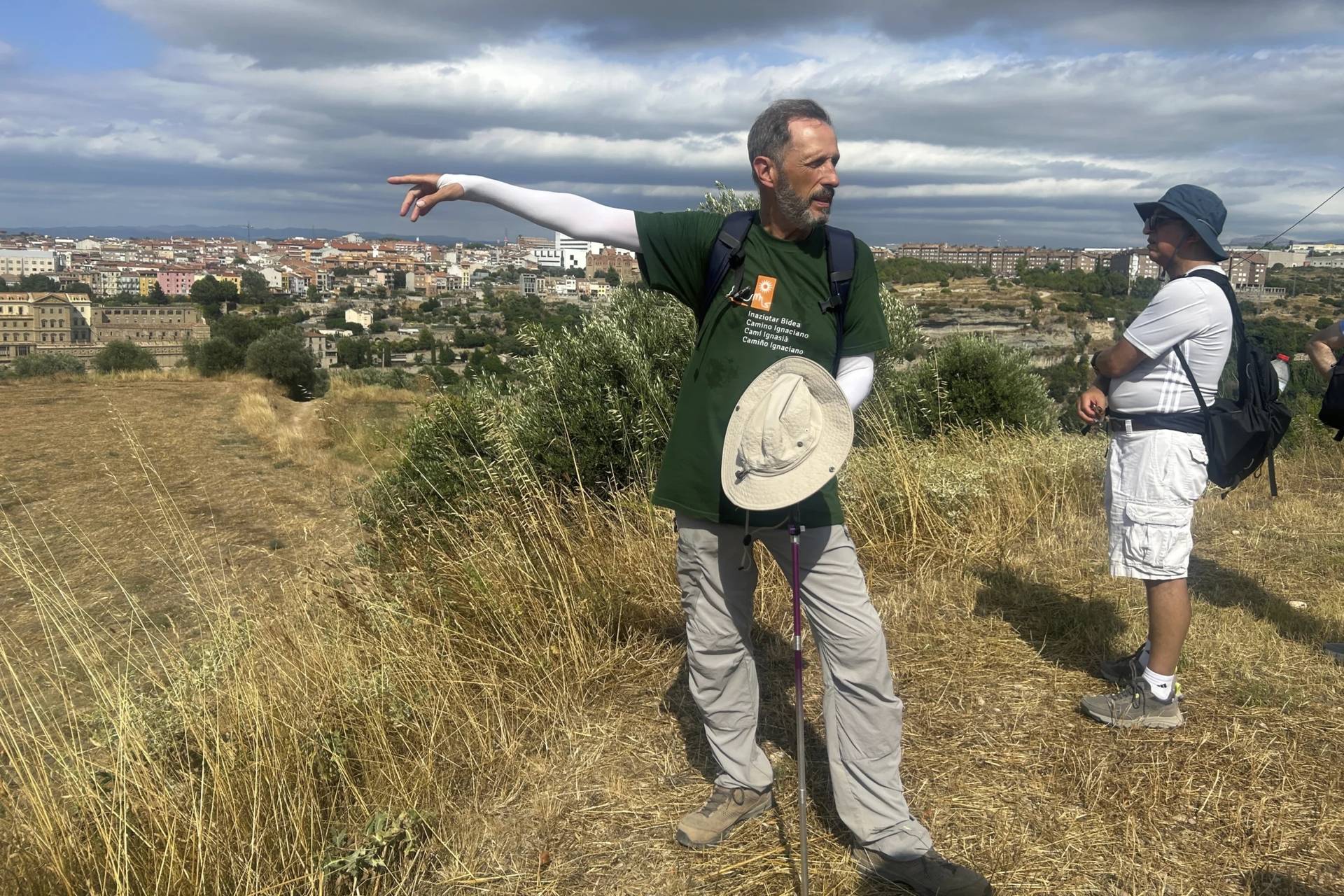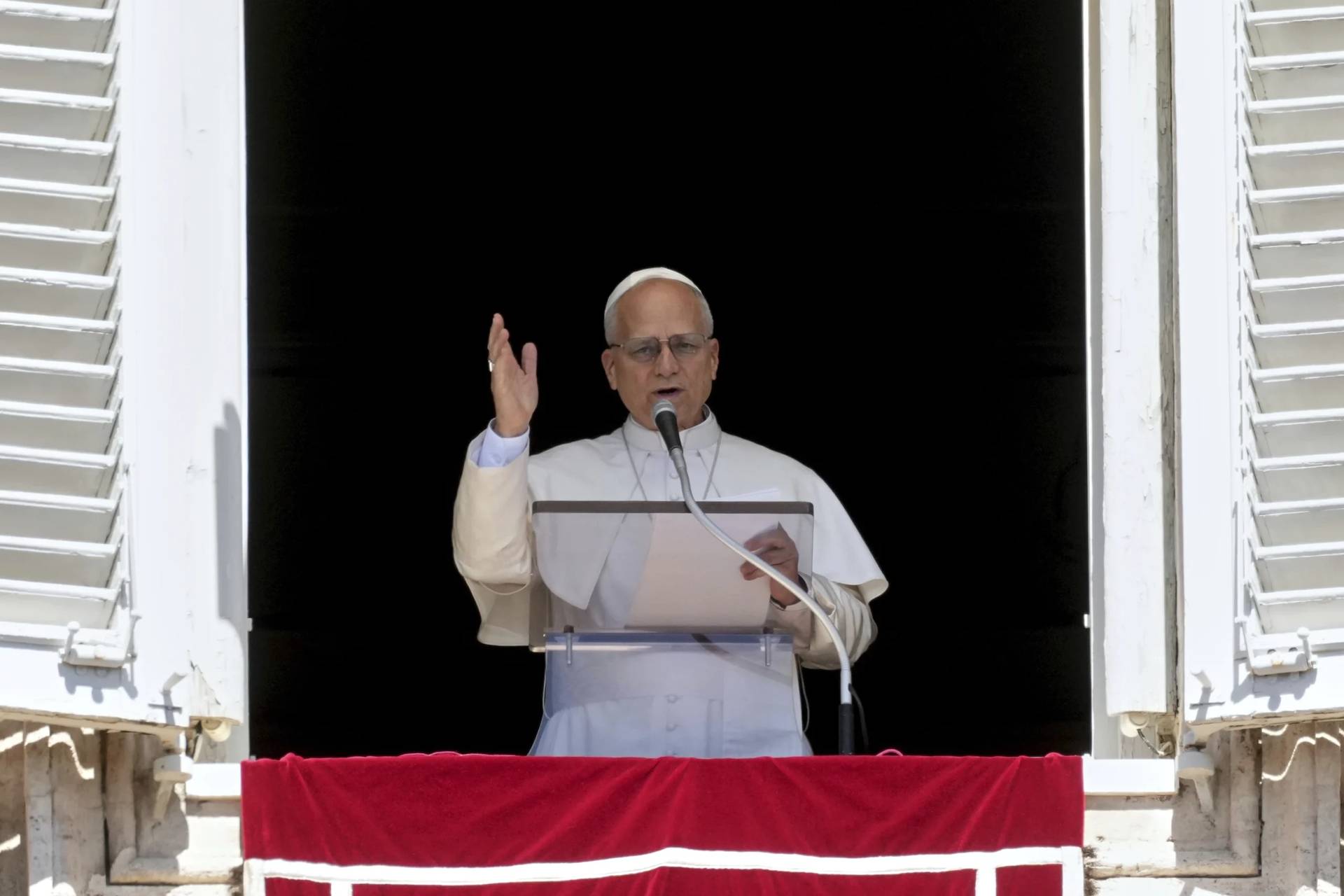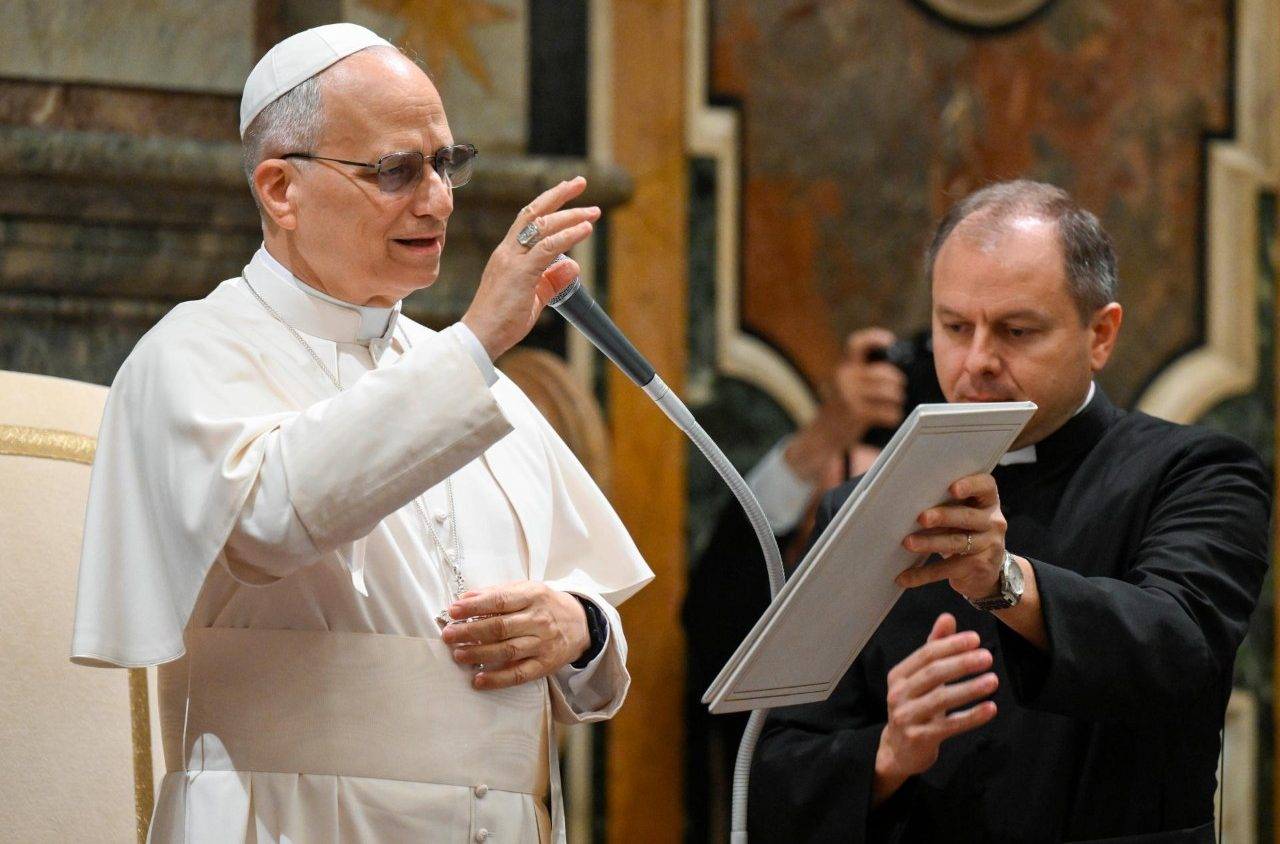ROME – Bishops and the government in Italy just collaborated on guidelines for what to do with unused churches now up for sale.
The final product runs to a staggering total of hundreds of pages, but experts and senior officials suggested Thursday the basics can be boiled down to couple simple ideas. In essence, the take-away is this: Libraries and community centers, fine; hotels, discos or casinos, probably not so much.
Speaking to Crux, Bishop Stefano Russo, secretary general of the Italian Bishops’ Conference, said that in the event a church is sold, the Catholic Church’s intention is to ensure, as much as possible, that they are “cared for by the community, particularly the Christian community,” and that “they can preserve their function as a place of worship.”
Russo spoke at the Feb. 27 presentation of guidelines on what to do with churches that are de-consecrated and potentially put up for sale.
The guidelines are the product of an initial Nov. 29-30, 2018, conference addressing the issue amid growing interest in protecting the historic and cultural significance many churches still hold, even if they are unused.
Titled, “Doesn’t God Dwell Here Anymore? Decommissioning places of worship and integrated management of ecclesial cultural heritage,” the conference was organized by the Vatican’s Council for Culture, the Italian bishops conference, and the Pontifical Gregorian University’s Faculty of History and Cultural Heritage of the Church.
It explored the sad reality for Catholic leaders: The wave of secularism which has swept across the West, coupled with a decrease in priestly vocations, economic mismanagement and the emergence of numerous financial and sexual scandals, means the pews in many countries are increasingly empty.
Speaking to attendees, the Pontifical Gregorian University’s rector, Jesuit Father Nuno da Silva Goncalves, said the question of what to do with churches that are no longer in use is “an urgency we must face,” noting that some have been put to uses of “disputable” value.
Some of these uses include the transformation of the San Lorenzo church in Venice into a concert hall. In the Czech Republic, one church has become a nightclub, while in the Netherlands, the former Selexyz Church now houses a library and cafeteria.
In Denver, Colorado, St. Catherine of Siena parish, which had long roots in its neighborhood, was closed in 2008 and has since been converted into a Dollar Tree, while East Pittsburgh, Pennsylvania, has seen St. Helen Catholic Church become the Holy Grail Auto Garage.
For Italians, the discussion likely rekindles memories of a nationwide scandal that hit papers in 2008 involving a prominent businessman, the Vatican’s former Secretary of State, and church properties.
Over a decade ago the famed, wealthy Italian businessman Raffaello Follieri – a name by now familiar to most Italians – was arrested for fraud involving real estate that belonged to the Catholic Church.
In 2003 Follieri was sent to the United States by his father, Pasquale Follieri, where he launched the Follieri group, a real-estate company whose business plan was to purchase property belonging to the Catholic Church and develop it for “socially responsible” ends.
At the time, the younger Follieri persuaded investors that he had special connections to the Vatican and was therefore able to purchase church properties a below-market rates.
Follieri, who at the time was dating American actress Anne Hathaway, was eventually charged with fraud and money laundering. Specifically, he was accused of gaining access to investors’ money by falsely presenting his connections to the Vatican.
At the time, Follieri’s only connection to the Vatican appeared to be Andrea Sodano, a vice president for the Follieri Group and nephew of the then-Vatican Secretary of State, Cardinal Angelo Sodano.
The new guidelines were developed precisely to prevent churches and ecclesial properties from meeting sordid ends.
Carlo Birrozzi, the Director of the Central Institute for Catalogue and Documentation in Italy, said the conference participants wanted “to affirm values, read the history” of the properties and try to preserve the original architecture as much as possible.
If a church is sold and converted into something else, Birrozzi stressed the importance of maintaining as much as possible the original intention and environment. He suggested transforming them into centers for pastoral work and catechesis, or even libraries.
“This is the best of the possible hypothesis,” he said, insisting that what the institute does not want is to see “churches reduced…into restaurants, clubs, and supermarkets.”
In terms of assessing church property, Russo said it’s a “very difficult” task, because churches were not made “for commercialization.”
There are several factors to take into consideration, including the condition of the church, the art and artifacts inside, and the question of what will be its future use.
Russo said the goal in these cases is “to maintain as much as possible the environment of worship.”
He also frowned on the idea of purchasing churches for a private use, because “the Church has always been a public place open to everyone, so when you sell for another intention, it is no longer a fluid place.”
“Because of this, you can’t generalize on how much a church costs. When a church conserves, both outside and inside, the elements that strongly characterize it as a church, it becomes much more difficult to change it and sell it,” he said, stressing that “we have the duty to preserve it, also as a testimony for the value that these buildings have.”
Follow Elise Ann Allen on Twitter: @eliseannallen
Crux is dedicated to smart, wired and independent reporting on the Vatican and worldwide Catholic Church. That kind of reporting doesn’t come cheap, and we need your support. You can help Crux by giving a small amount monthly, or with a onetime gift. Please remember, Crux is a for-profit organization, so contributions are not tax-deductible.







